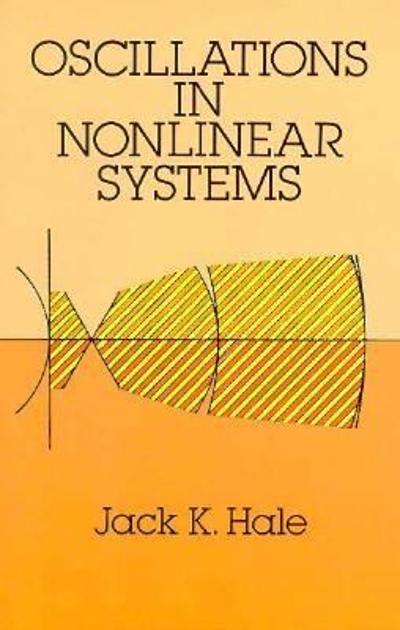Question
Consider a random variable X with quantile function Q X (p). (a) Let Y = g(X), with g a strictly increasing and continuous function. Show
Consider a random variable X with quantile function QX(p).
(a) Let Y = g(X), with g a strictly increasing and continuous function. Show that QY(p) = g(QX(p)). (i.e., the quantile function of a strictly increasing transformation is the transformation of the quantile function.)
(b) Now let Y = g(X), with g a strictly decreasing and continuous function. Further suppose that the CDF FX of X is strictly increasing on its support X. How does QY(p) relate to QX(p) in this case?
(c) Suppose that QX(p) is differentiable at every point p (0, 1). Using the formula for the derivative of an inverse function, show that Q'X(p) = 1/(fX(QX(p))) . [Note: QX can be differentiable only if FX is strictly monotone and differentiable on the support X of X.]
Note: A quantile can be thought of as the inverse CDF.
Step by Step Solution
There are 3 Steps involved in it
Step: 1

Get Instant Access to Expert-Tailored Solutions
See step-by-step solutions with expert insights and AI powered tools for academic success
Step: 2

Step: 3

Ace Your Homework with AI
Get the answers you need in no time with our AI-driven, step-by-step assistance
Get Started


